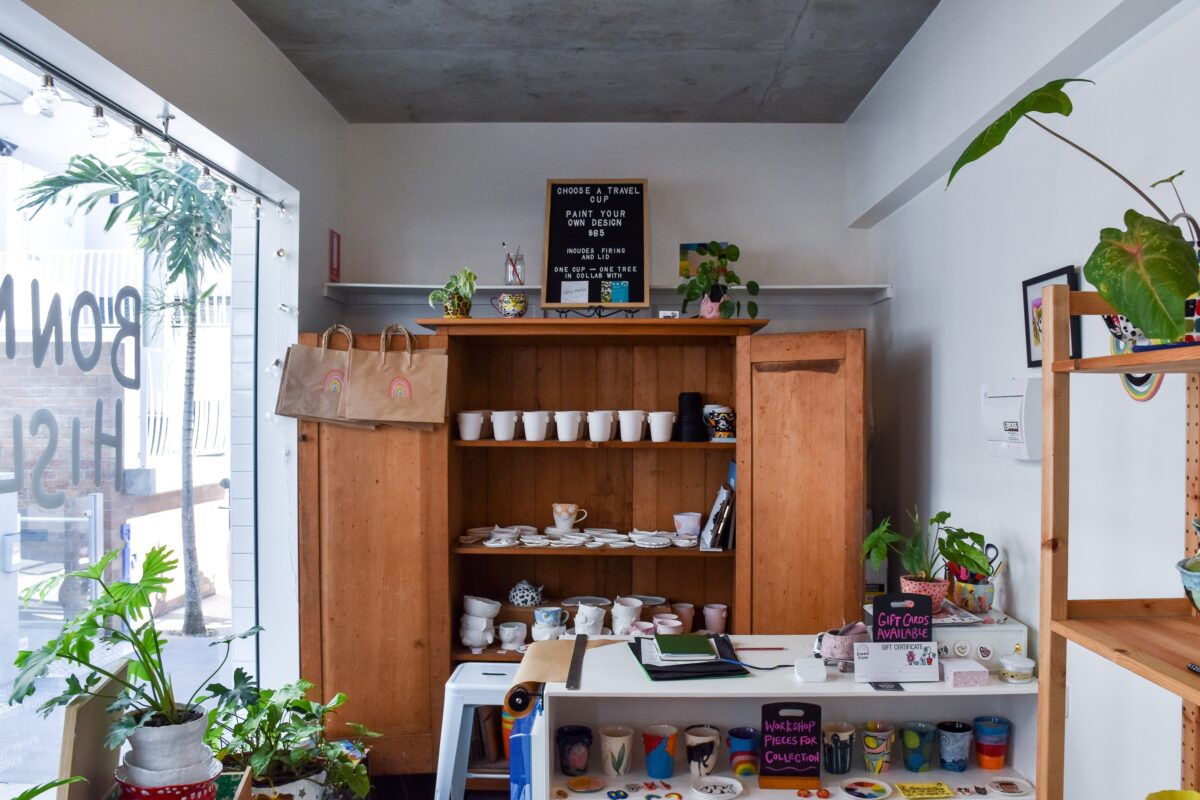Written by Gital Ben-Zvi, Alyce Evans and Principal, Jennifer Tutty
So, you’ve decided to apply to register your trade mark. Congrats! Now what?
Getting a trade mark registered doesn’t mean you own the trade mark in relation to all goods and services. In other words, you can’t get a monopoly over your brand name and logo for absolutely every type of product or service, if they have nothing to do with your business.
This is where trade mark ‘classes’ come in.
What is a trade mark ‘class’?
A key part of the trade mark application process is choosing trade mark ‘classes’.
In Australia, there are 45 different trade mark classes. Classes 1 – 34 contain various types of goods while classes 35 – 43 covers different services that a business might offer.
Within each of these classes, there’s also an extensive selection off goods and services to choose from.
When do you choose your trade mark classes?
When you submit your trade mark application, you need to select each class (and the goods or services within that class) that you wish to apply for.
If your trade mark is registered, you will have enforceable trade mark rights and protection for those goods and/or services you have selected.
How to choose the best trade mark classes for your business
When determining which classes to apply for, it’s crucial to consider what goods and/or services your business provides (and plans to provide in the next few years).
The broader your range of goods and services, the more classes you will likely need to claim in your application.
For example, a homewares store will likely need to claim several classes in their application because goods like furniture, kitchenware, fragrances, linen, soaps, candles and carpets are all in different classes. A yoga studio, on the other hand, might only need to claim one class.
The importance of picking the right classes
It’s important to get this right because it can affect the enforceability of your trade mark, as well as it’s validity. Additionally, the cost of an application increases with each class that you add.
There’s an art to getting proper coverage for your trade mark.
IP Australia provides a picklist of goods and services within each class. When selecting from these lists, it can be beneficial not to be too specific, as this could limit your ability to expand your goods and services offerings in future. However, it’s also important not to go too broad, as this can leave your trade mark vulnerable to cancellation for non-use. A combination of broad and narrow selections can therefore be a strong strategy for trade mark protection.
If you can’t find everything your business offers in the picklists, you might need to apply for bespoke goods or services. Bespoke drafting can allow you to tailor your application more effectively to your business. However, it can also be quite complicated and will cost more than a picklist selection. Getting this wrong can be a road-block to your trade mark application, so we don’t recommend a DIY job for bespoke applications!
Ready to apply for a trade mark?
Getting a lawyer to help out with your application can save a lot of time and stress down the track. Feel free to get in touch with us if you’d like our assistance with your trade mark application.
Written by Gital Ben-Zvi, Alyce Evans and Principal, Jennifer Tutty
Published 31 January 2023.
Further Information
If you have any questions relating to trade marks, or would like assistance with your trade mark application, please contact us through our online form or at hello@studiolegal.com.au.
Photo by S O C I A L . C U T on Unplash.
DISCLAIMER
The information in this article is of a general nature. It does not constitute formal legal advice and should not be relied on as such. Please see the full disclaimer in our website terms. Please contact Studio Legal if you are seeking advice about a specific legal matter.
